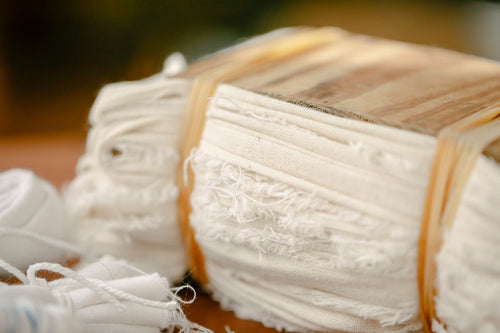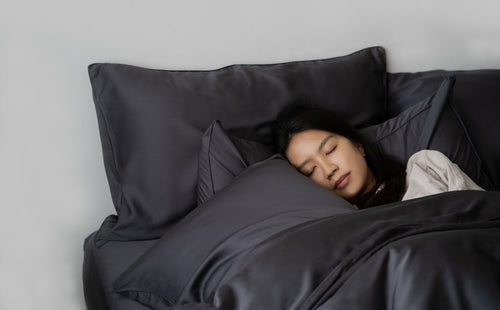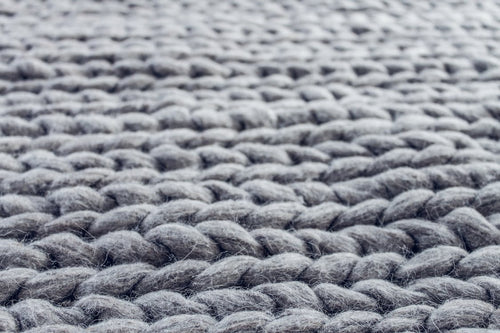At a Glance
When shopping for cotton bedsheets, expect to encounter concepts like weave method. We'll discuss two of the most popular, sateen and percale, in this post.
Quick Tips
- Decide whether you prefer a crisp hand feel or smooth texture.
- Factor in material, thread count, ply, and yarn count as well.
The type of weave methods describe how cotton threads are patterned or woven together to make a fabric. When looking for bedding sets, the most prevalent weave methods in cotton bed sheets that you'll come across are percale and sateen.
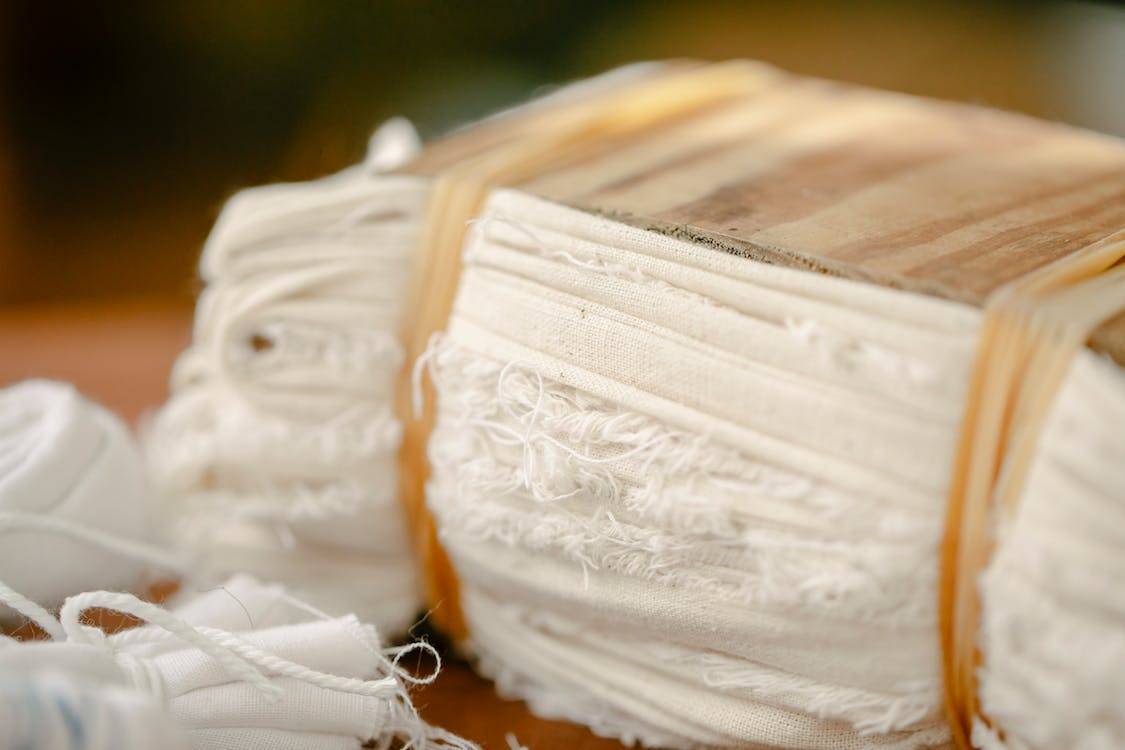
Image by Teona Swift from Pexels
While both percale or sateen sheets are popular and comfy, you'll most likely prefer one over the other depending on your body temperature and preferred texture.
HOW WEAVE METHOD AFFECTS THE SHEET’S QUALITY AND FEEL
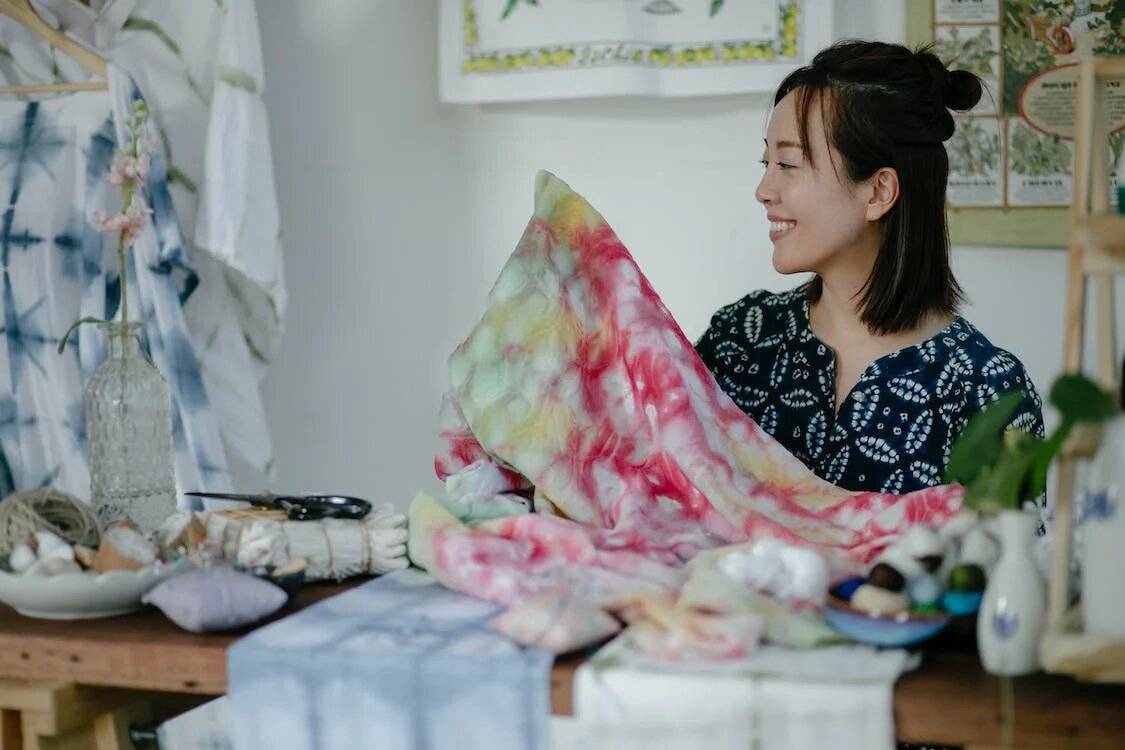
Image by Teona Swift from Pexels
There are a number of different factors that influence the quality of bed sheets. The weave method of fabrics are often overlooked in comparison to more commonly considered factors such as the bedsheet thread count.
Although it is indeed an important aspect to consider, higher thread counts do not directly translate into a high-quality bed sheet. The types of sheets’ weave methods can also help determine how premium your bed sheets are significantly on the aspects of durability, breathability, and texture.
WHAT ARE PERCALE AND SATEEN WEAVE TECHNIQUES?
To understand percale and sateen weaves, you first need to be familiar with the terms "warp" and "weft”. The "warp" refers to the threads that go lengthwise through the weaver's loom while "weft" refers to the strands that are interwoven with the warp threads.
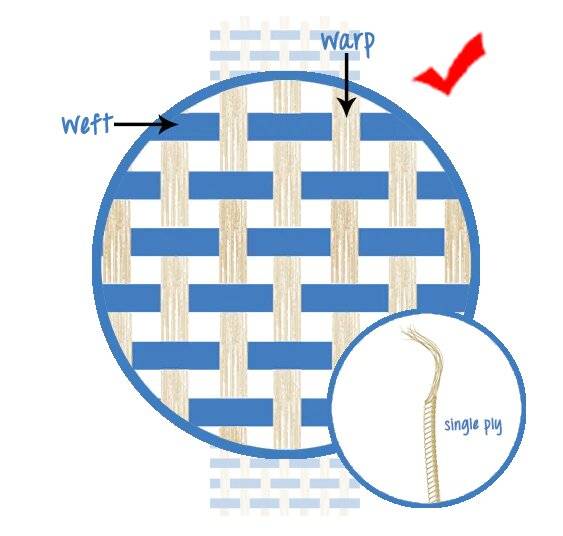
Weavve's Single-Ply Threads
In percale weave patterns, the weft thread goes over one warp thread and then under another warp thread before returning to its original location, this is referred to as a one-over-one-under weave.
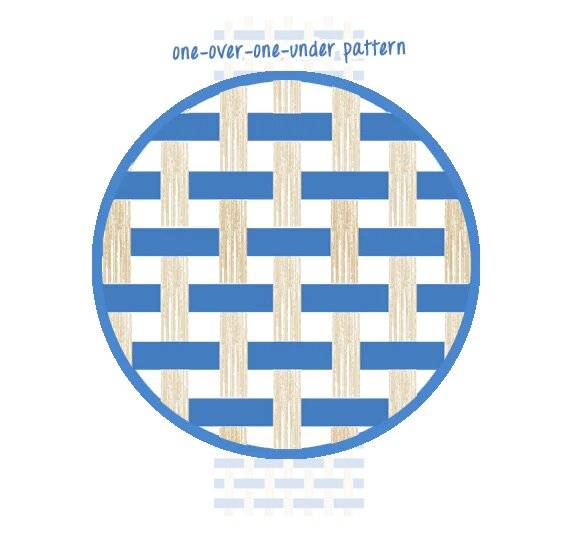
Weavve's Illustration of Percale Weave Pattern
In sateen weave techniques, the weft thread is weaved over three other threads before passing under one of them which is also commonly referred to as three-over-one-under weave. There are, however, some exceptions where sateen sheets make use of a different thread pattern such as a “four-over-one -under” method as compared to the usual sateen fabric as mentioned earlier.
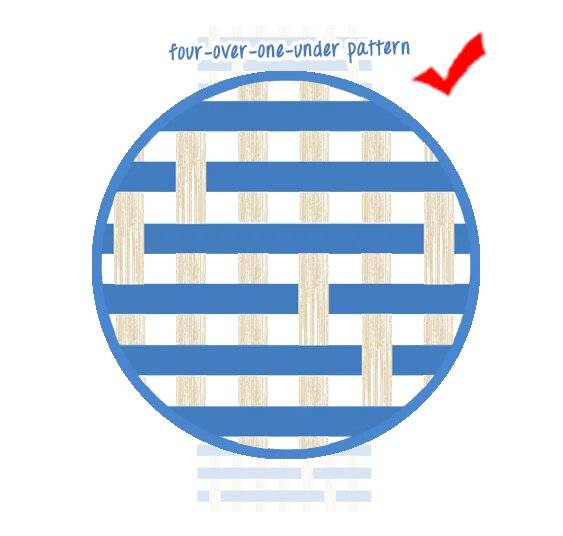
Weavve's Sateen Weave Pattern
Although percale and sateen weaves are more prevalent in cotton fiber bed sheets, these weave methods can also be applied to other popular bedding materials such as polyester, bamboo rayon, and TENCEL™ Lyocell to name a few.
PROPERTIES OF DIFFERENT WEAVE METHODS IN BED SHEETS
Percale Weave Sheets
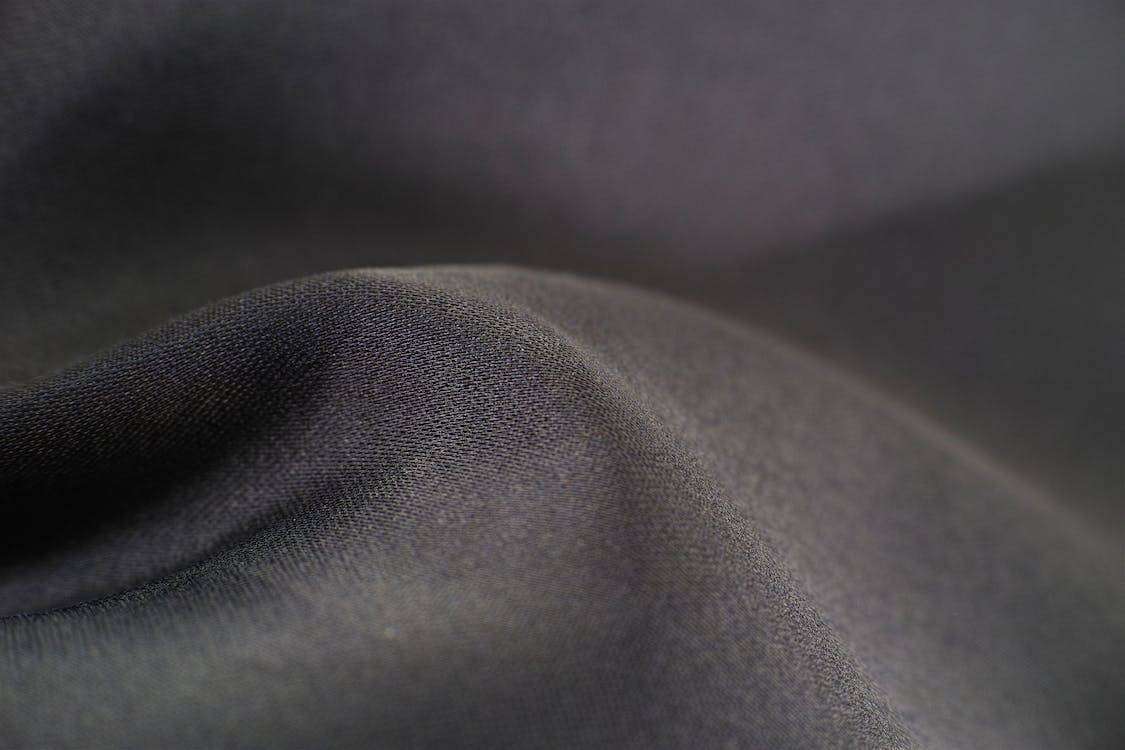
Image by Karolina Grabowska from Pexels
For percale weave fabrics, you can imagine the feel of it to be close to that of a cotton button-down shirt. They often have a crisp, matte finish, and lightweight feel akin to linen. The reason why percale cotton bed sheets feel similar to linen is due to it having a simpler 1:1 weave thread pattern that is similar to that used for linen fabrics. Due to its structure allowing it to be lightweight, percale sheets are highly breathable and airy. This makes them an excellent choice for those who want to sleep cool at night.
Sateen Weave Sheets
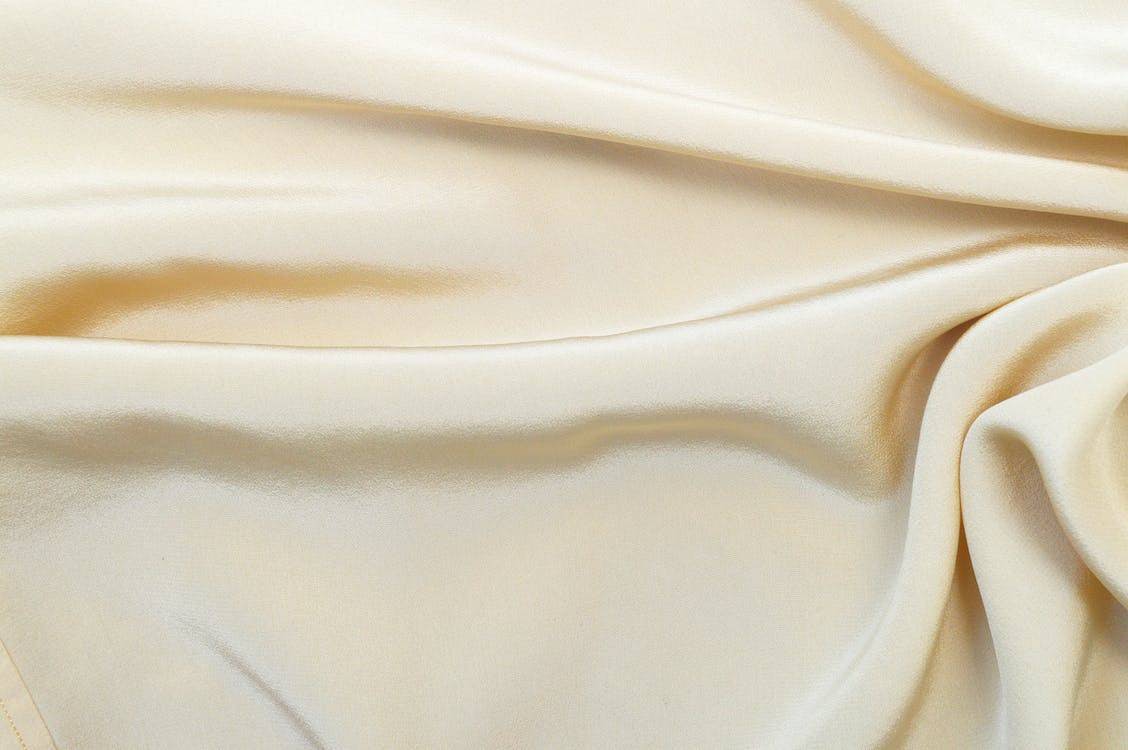
Image by Davis Vidal from Pexels
On the other hand, sateen bed sheets have a smooth feel with a signature lustrous sheen in appearance. This is due to their compact weave pattern which exposes more yarn to the fabric's surface. Sateen sheets are generally more dense than percale weave sheets which make them slightly less airy but more smooth in comparison. They are still able to ensure a cool night of sleep despite this, however, to a lesser degree than percale bed sheets.
Depending on your personal preferences on whether you prioritize the feel of your bedsheets or breathability, you may see one weave method as better than the other.
PROS AND CONS OF PERCALE BED SHEETS
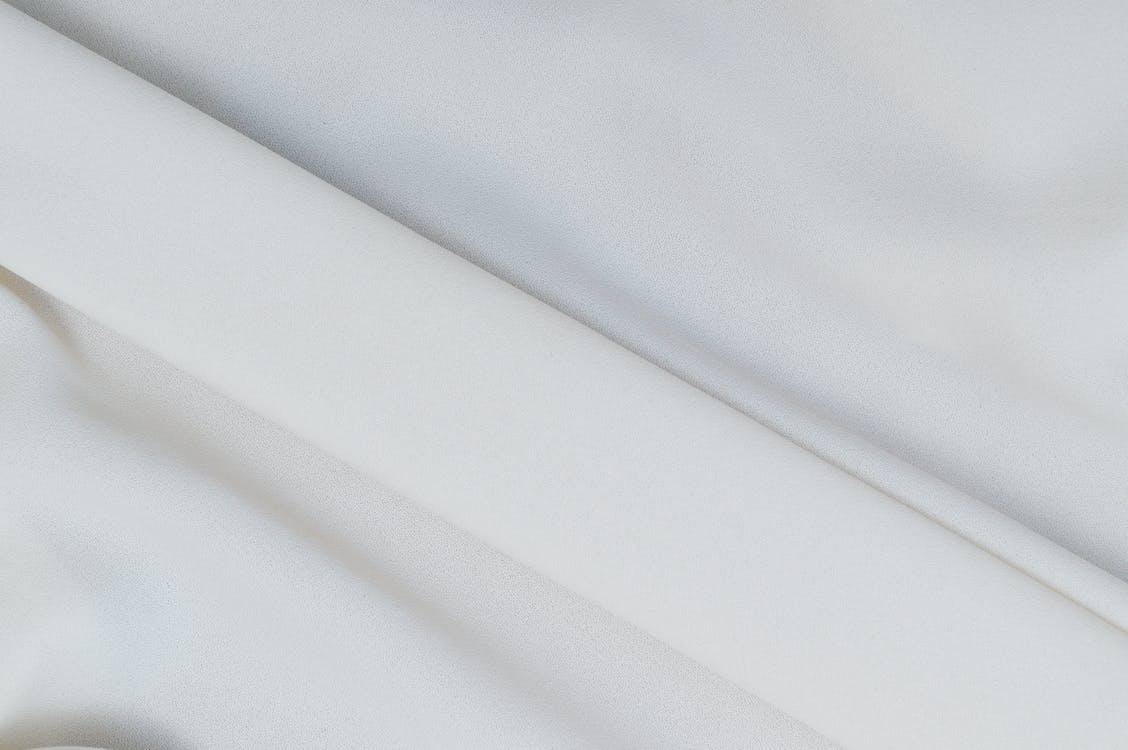
Image by Sandra Filipe from Pexels
The thread count of most percale sheets typically fall in the range of 200-400 TC. The lower thread count and less compact weave method allows for percale fabrics to dissipate heat from your body with ease as a result of its high breathability.
Although cotton percale sheets are a good choice for cooling bed sheets, they do not have a silky smooth feel which some may not prefer. One solution to this is to opt for TENCEL™ Lyocell bed sheets which are popular due to their silky texture and excellent moisture-wicking properties as compared to cotton.
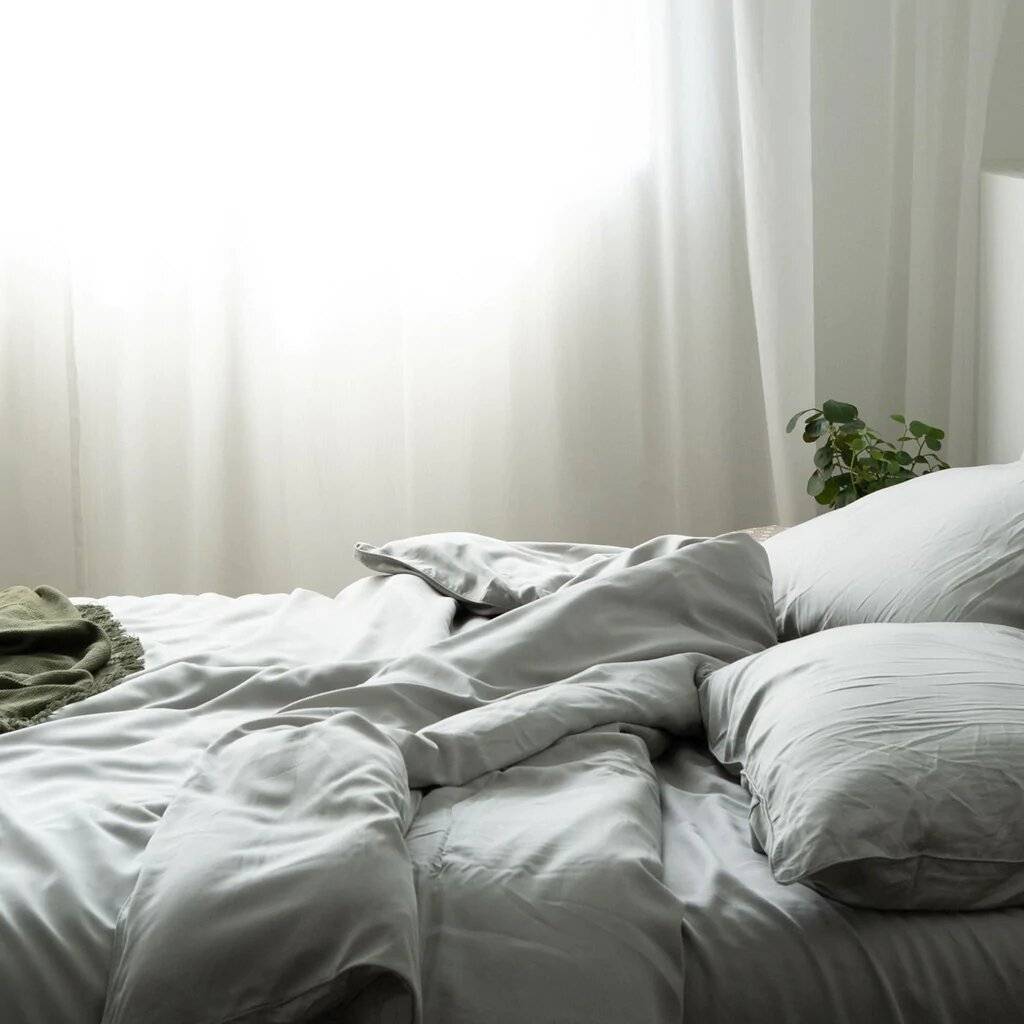
Featuring Weavve’s Signature TENCEL™ Lyocell Sheets in Mist Grey
Cotton percale sheets are typically soft upon first use and get more so after a few washes. They have a more matte appearance as compared to sateen sheets as they lack that silky sheen and are relatively prone to wrinkling. Percale cotton bed sheets in particular are also easy to care for and are generally quite affordable, making them a good choice for those looking to buy bed sheets that are inexpensive.
Pros
- Crisp hand feel
- Softens with every wash
- Highly breathable
- Durable and long-lasting
- Easy to maintain
- Lightweight
Cons
- Wrinkle-prone
- Lacks a smooth feel
PROS AND CONS OF SATEEN BED SHEETS
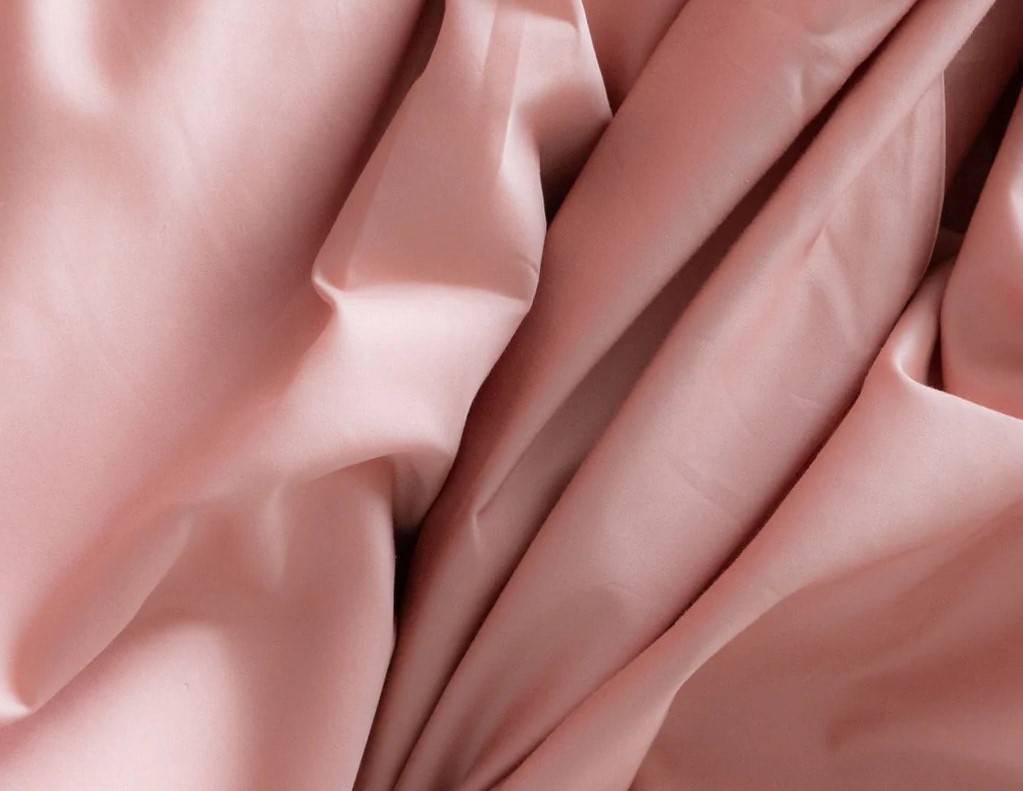
Featuring Weavve’s Cotton Sateen Sheets in Tea Rose
Sateen sheet sets are inherently wrinkle-resistant and have a drape-like quality to them. They can also maintain a silky smooth look in comparison to percale sheets when not ironed.
Due to the compactness of the threads in a sateen weave, the resulting cotton sateen bed sheets are slightly heavier than percale sheets which make them more snug and sumptuous than percale fabrics. This would make them the ideal choice for those who prefer to sleep snug and cozy especially on cold nights.
Pros
- Smooth hand feel
- Elegant lustrous matte appearance
- More wrinkle-resistant than percale weave sheets
- Gentle on sensitive skin
- Softens with every wash
- Durable and long-lasting
- Denser with drape-like qualities
Cons
- Slightly more prone to pilling than percale
- Less breathable than percale
- The sheen finish may fade after repeated washes
Percale Vs Sateen Weave: Which Is Better?
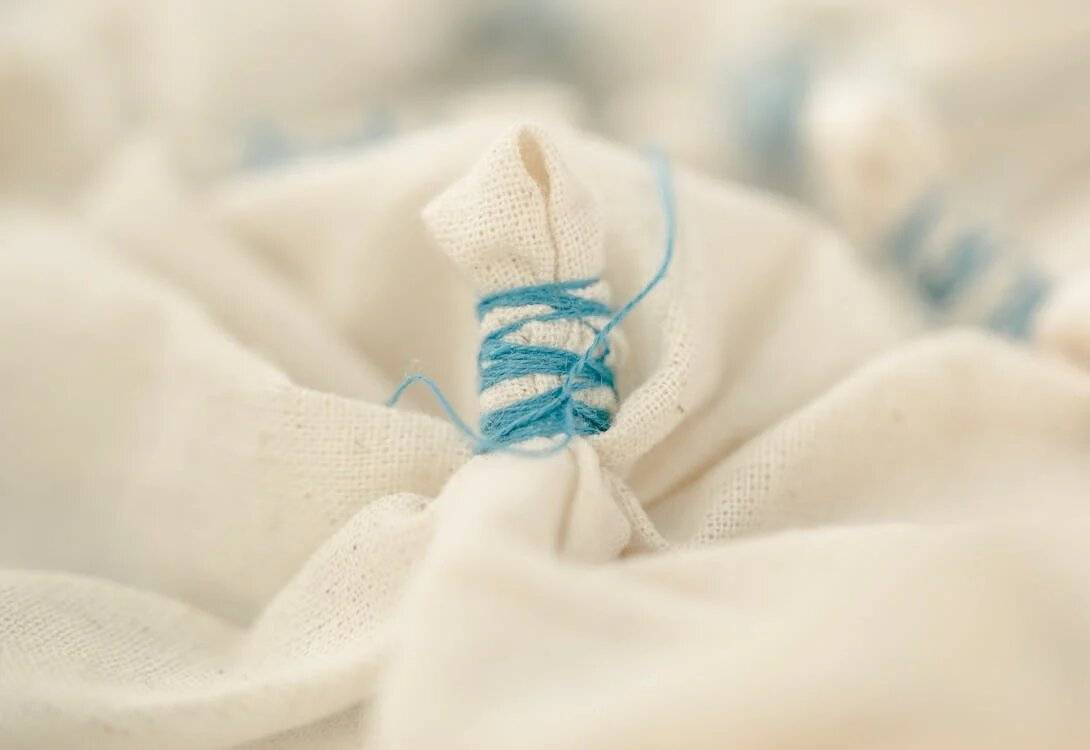
Image by Teona Swift from Pexels
In summary, there is no clear winner in showdown of percale vs. sateen weave methods as they both offer different benefits that cater to varying preferences. The takeaway is that percale bed sheets are more cooling as compared to sateen sheets and the latter is smoother and less wrinkle-prone than percale sheets.
There are ways to find a bed sheet that has the properties of both these weave methods through different factors such as the material, thread count, ply, and yarn count.
DISCOVER WEAVVE’S BED SHEETS
All of our bed sheets are ethically produced and Oeko-Tex certified, ensuring that you sleep not only soundly but also comfortably. They are also the best bed sheets for sensitive skin since they do not contain toxins and dangerous substances.
Cotton Sateen Sheets
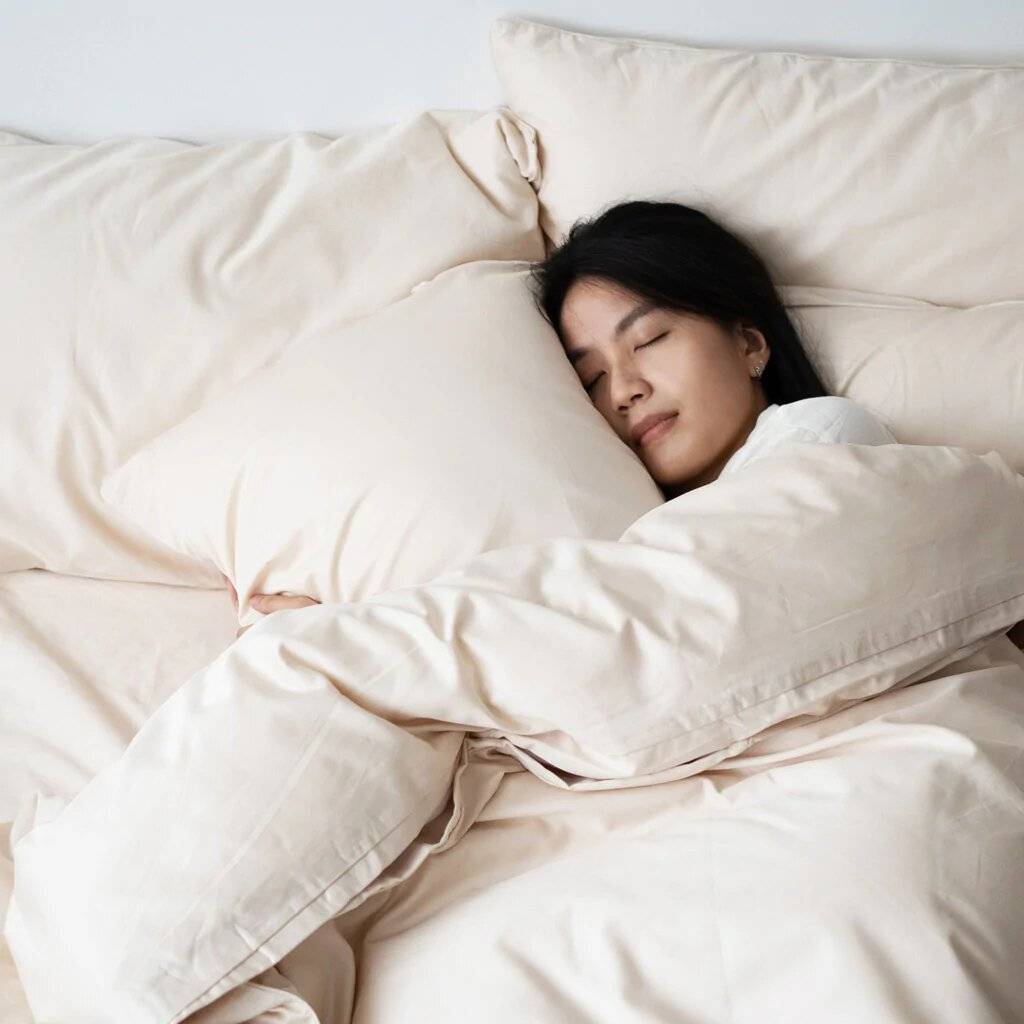
Featuring Weavve’s Cotton Deluxe Set in Sandshell
Our cotton sheets are composed of 100s yarn count, fine single-ply threads, and 100% extra-long staple cotton fibers. Because they are made of single-ply threads, our sateen sheets are lightweight while yet being incredibly soft, smooth, and durable.
They also have a subtle, elegant shine combined with a silky hand feel - thanks to a four over and one under weave pattern, as well as techniques like singeing and calendaring. Pre-shrinking also stops our sheets from shrinking during regular washing, extending the lifespan of the sheet.
Shop cotton bedsheets Singapore
Tencel™ Lyocell Bed Sheets
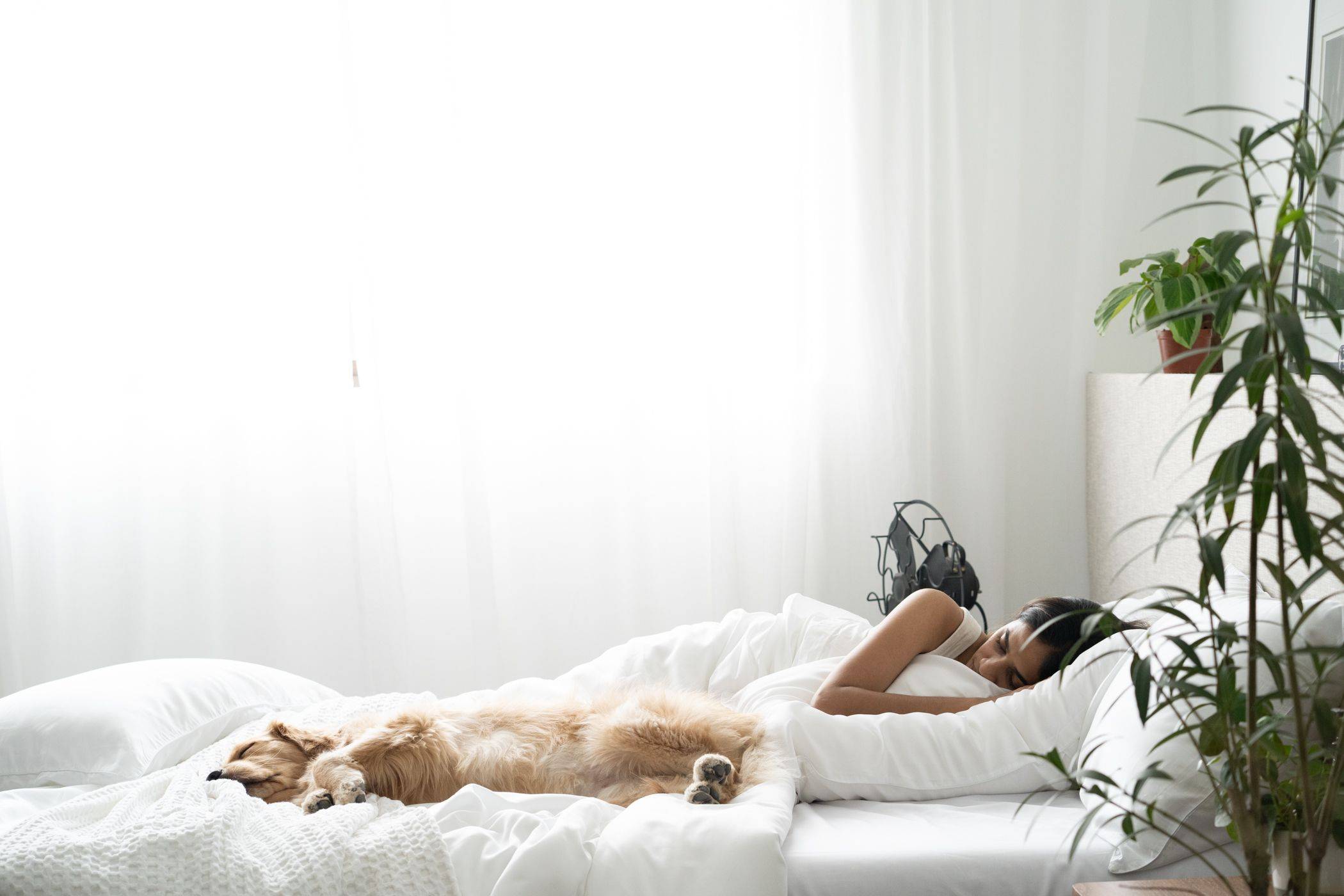
Featuring Weavve’s Cotton Deluxe Set in Sandshell
Our TENCEL™ Lyocell bed sheets are silky smooth and temperature-regulating, making them suitable for hot sleepers especially during Singapore's summer months. These small single ply threads are then woven into a 400 thread count fabric, resulting in stronger, smoother, and lighter sheets.
Shop TENCEL™ bedsheets Singapore































